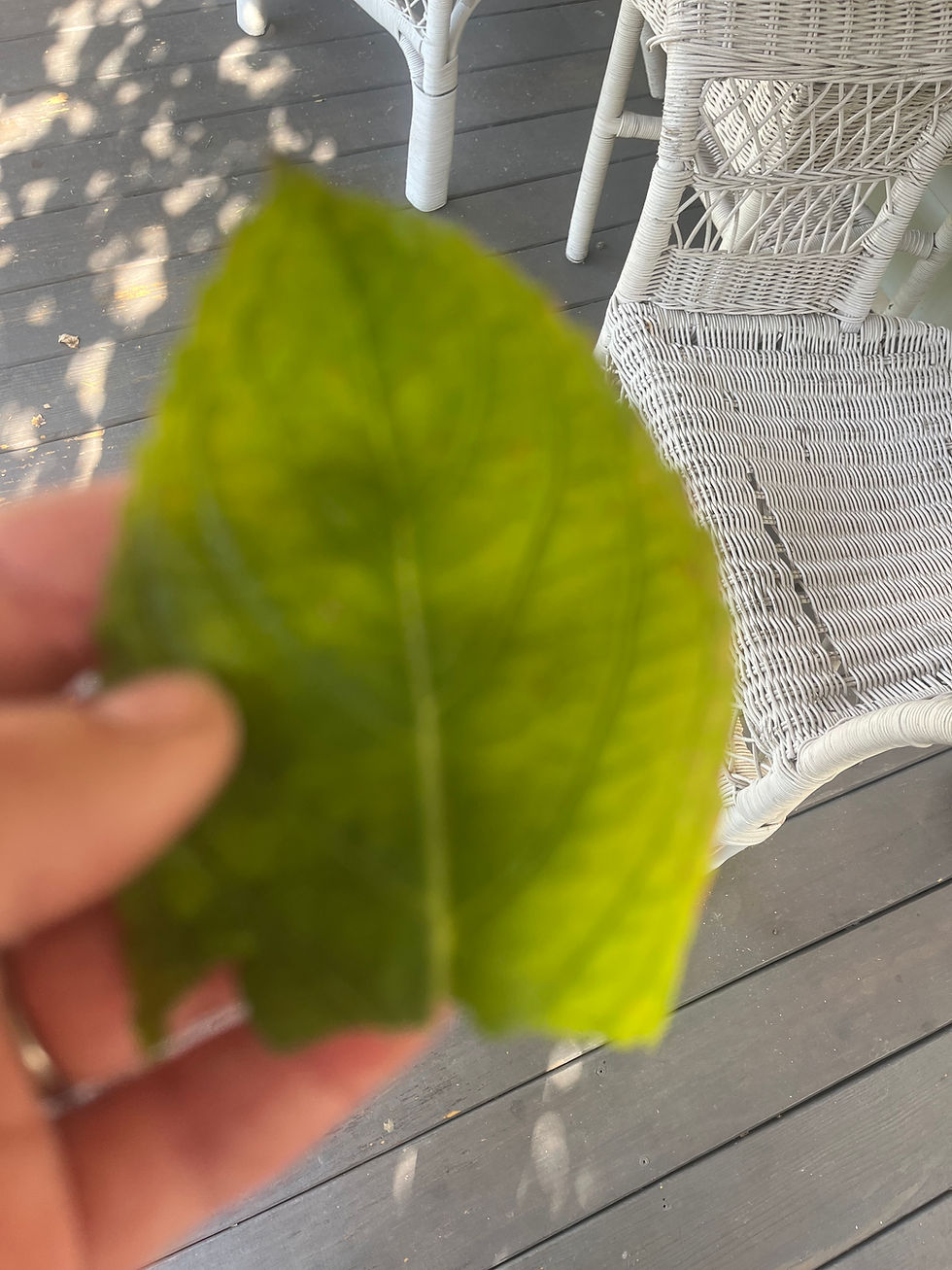The rules of play
- nikkistambolie
- May 13, 2024
- 3 min read
Updated: May 22, 2024
Play is a child's work but often a parent's nightmare. There are many obstacles to play: time, patience and the know-how. Most people would think that I am immune to this as a therapist, but I guarantee I am not!
During the last holidays, I had the luxury of time and patience to allow play. I witnessed incredible play among my boys and their friends (ages 8-11).
Play for these guys looks different from play for toddlers, but the main principles and social-emotional/cognitive skills tested and developed are the same.
One day, they made a movie, built a cricket pitch, and made a member stand for me to view. I even had a leaf ticket to access the member's area.

How did we get here? I followed their lead and used their interests. I let them problem-solve and negotiate with a little supervision on the side.
This has been a journey for me, and I will use the example above to explore my change.
My eldest son is obsessed with cricket and has been asking to make a cricket pitch in the backyard all summer. I had visions of a scalped and dead lawn, so I consistently said no.
So what changed? My thinking. I have been taking an online course in interpersonal neurobiology written and presented by one of my favourites, Dr. Dan Seigel. He is a medical doctor in the US who specialises in pediatrics and child, adolescent, and adult psychiatry. I undertook this learning to understand better the mechanisms within the brain and how we can grow and shape the brain through our attuned relationships.
While my learnings cannot be captured in a brief blog post, one essential learning helped me change my ideas around play! It came from Dr Seigel’s exploration of play as an adult attending improv acting classes. The rule of improv acting is a simple phrase ‘yes….and’.
As parents, we often get stuck in ‘No because….’ or ‘no…..but’. This simple phrase of yes and….led me to say yes when he asked to make the cricket pitch.
He came up with a plan of what needed to be done. He needed help getting the mower started. He mowed a strip of grass for the pitch (following our negotiation about the length). He then found some white spray paint to mark the pitch and even made some markers to ensure the lines were straight. A simple yes ended up with a rich experience for developmental growth.

This experience got me thinking: What other rules of improv could help us as parents play with our children? How can we truly be part of the play without taking centre stage or becoming the director?
Yes….and
You must say yes in the play and let whatever has been set up happen. Your job is to follow what has been said and done and add some new information to extend the play.
You cannot say no!
If they are about to burn the house down for real, then you can obviously say no. Otherwise, never use the word no, when playing. Let their idea be explored, even if you know it won't work.
Everything affects you
Everything that your child does directly affects your next response in the play. Pay more attention to what they are doing than to yourself.
Physicliase it
Make your turn obvious, and use physical gestures, body movements, facial expressions and tone of voice. This will help you immerse yourself in the play, and the ideas will flow.
Limit questions
Questions often end conversations, so we should avoid using them when we play. Instead, try to make comments about what you see.
Don’t get stuck on an idea.
Sometimes, when we play with our kids, we get stuck on our own agenda. This results in us taking over and being a director rather than letting things naturally develop. Try to let go of your ideas and tune into theirs, helping them bring their ideas to life.
Don’t hog
Remember that it is a back-and-forth game. We want to build the skill of taking balanced turns in conversations, so we need to model this in our play.
I hope this helps you re-think play and get more enjoyment out of your time playing with your kids!
Nikki




My new goal for this week: No saying no! Haha!
As usual, a great read xx